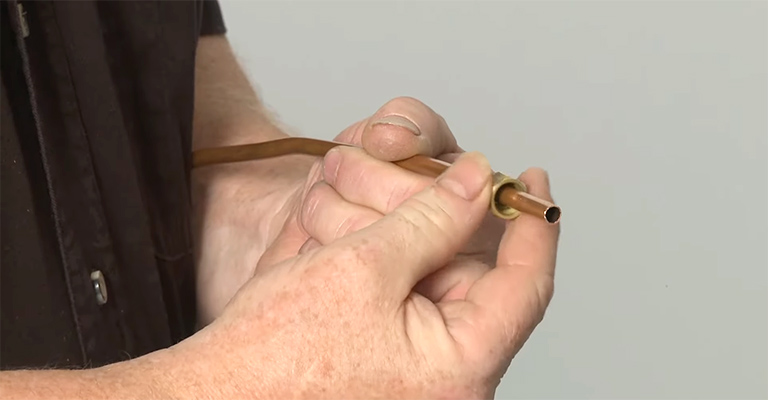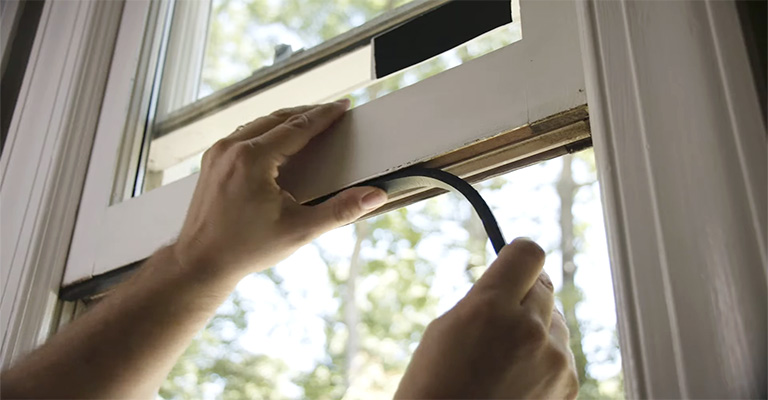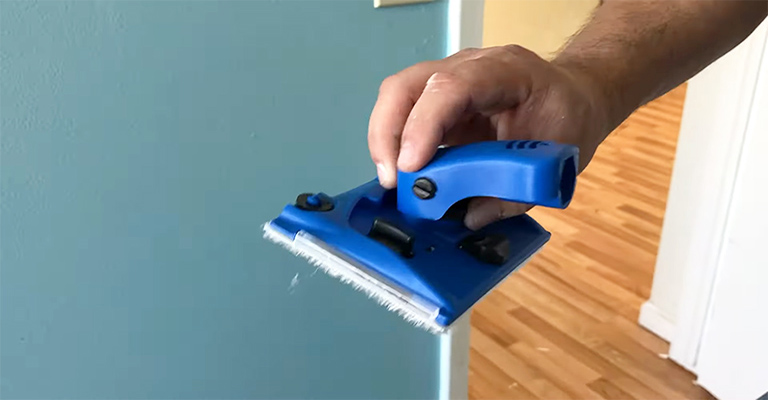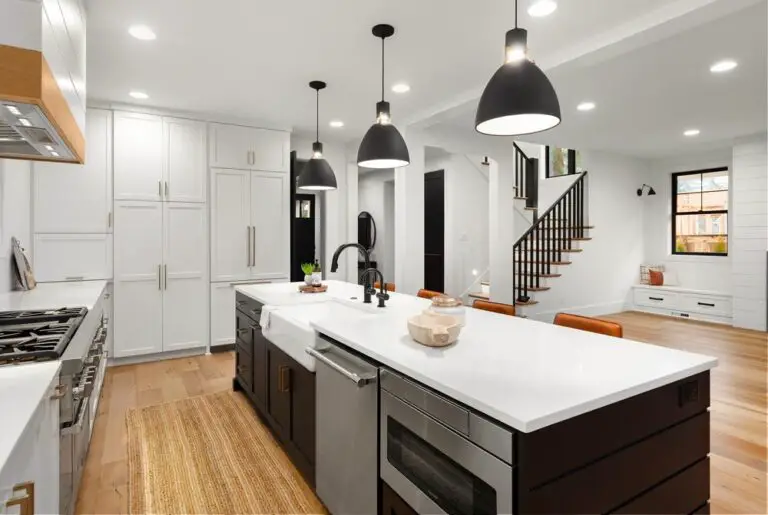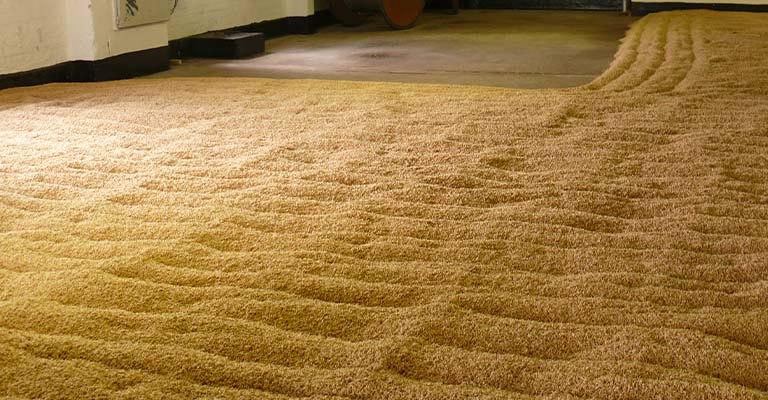What Happens if Fireplace Flue Is Closed?
A closed fireplace flue can lead to some problems for sure. If the fireplace flue is closed the smoke will have nowhere to go and fill up the room. Also, the carbon monoxide that is produced from the fireplace will stay inside the house putting everyone’s health at risk.
What Happens if Fireplace Flue Is Closed | Problem with a Closed Flue
A problem with a closed flue is the smoke. The chimney is used to take the smoke out of the house. If the flue is closed the room will start to fill up with smoke. This is bad in more than one way.
The smoke is already bad for the health. On top of that, most of the time the smoke from a fireplace contains carbon monoxide. This is a dangerous gas for the health. Too much carbon monoxide can even lead to some complicated health problems, especially for people with asthma or other lung condition.
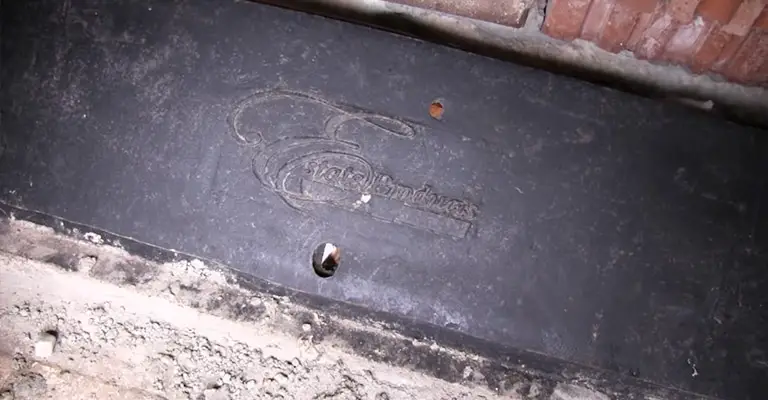
Also, as we will discuss later, if your chimney doesn’t have a separate air control valve, it will rely on the open flue to keep the fire supplied with oxygen and air. A closed flue will not supply enough oxygen to the fire. So the fire will struggle to keep up and heat the room.
Fireplace Fire Damper Location and Its Use
A fireplace damper is almost always located on top of the fire. It is placed on top of the firebox leading to the chimney. Basically, its main use is to open or close the flue of a fireplace. But other than opening and closing, the damper serves a few different purposes.
Dampening of Fire
As the name suggests, the damper helps dampen or control the flame. Sometimes there is also another valve that is known as an air control valve which serves the same kind of purpose.
Controlling Burn Rate
An air control valve is used to control the burn rate. This makes the fire hotter or lowers the heat of the flame. Interestingly, this is widely used in the newer chimney and fireplace. But in older ones, the damper is in control of how live the flame will be.
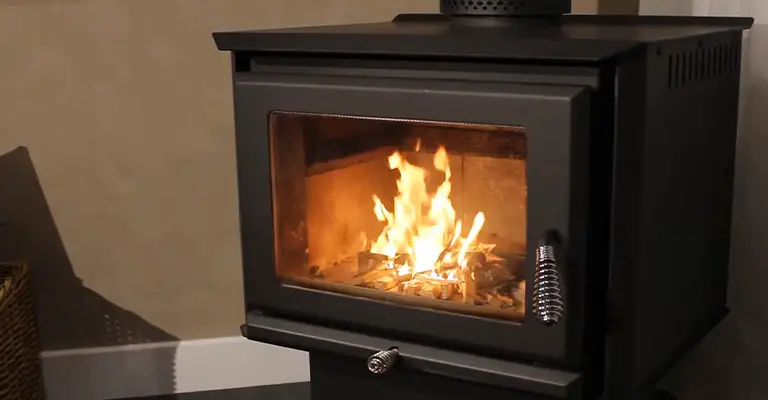
If the damper is all the way close, in other words, if the flue is closed, the flame will struggle. This is because blocking the flue will make that the flame does not get enough air. Thus it will burn with less heat and struggle to fire up properly.
Filtering the Smoke
It isn’t hard to understand that the flue is used to take the smoke out. So closing the damper i.e. closing the flue means the smoke will have nowhere to go except inside the house. So the fire damper also helps filter the smoke out of the house.
How to Tell if the Flue Is Closed or Not
There are a few ways you can check the flue. Here are three ways you can easily check to know if it is closed or not.
Visual Inspection | Feel the Air
Visual inspection is the one way to know for certain if the flue is closed or not. You need to stick your head inside and look up the chimney. There you can see whether the fire damper is close or open.
Use a Flashlight
If the chimney is too dark to see, you can use a flashlight for the task. This is a quick, easy, and sure way of knowing if the chimney is open or close.
Try to feel
If you can’t look properly to check if it is open, then you can feel the air to know if it is open or not. Oftentimes, the chimney is done at an angle so that the outside clod doesn’t affect the fire too much. This can impede visual inspection.
In this case, try to fill the air inside the chimney, if the air inside the chimney feels colder or you can sense that external air is coming through the chimney, then it is open.
Moving the Controls and Listening
If you don’t want to check the chimney from the inside you can use the control for the fire damper and listen to the sound to find out if the flue is closed or not.
If you memorize the control or if the control is marked to let you know which way is open and which way is closed then you can find out just by looking at the controls.
But if it is not marked and you don’t remember which the open or close position is, you can determine it by listing to the sound. Listen closely while moving the controls. The air’s whooshing sound will get louder when the chimney is open.
More Smoke inside Means Closed
This is a hard one to miss. If you start the fire without checking the chimney and find that the room is getting filled with smoke, then you can be sure that the chimney is closed. So the smoke doesn’t have a way out and it is coming inside the room.
Open Flue is Always Better is not True
The closed flue is bad to have when the fire is going. But that doesn’t mean an open flue is always better. There are times you may want to close the flue for various reasons.
An open flue is better when the fire is burning but when the fire is not going closed flue is better. That is because an open flue when the fire is not burning will lead all the heat out of the room.
This will make the temperature of the room drop a lot. Thus you should always close the flue when you are not using the fireplace for retaining a comfortable temperature. But in general, you shouldn’t close flow when operating a gas fireplace.
FAQ
- When Can You Close the Fireplace Flue?
Ans: You can close it after all the ambers have burnt out.
- Is It Ok to Leave the Flue Open Overnight?
Ans: If the fire is burning then you can leave the flue open overnight. Otherwise, the smoke will fill up the room.
- What Is the Difference Between a Damper and a Flue?
Ans: A damper is placed inside the flue. The flue is the main chimney of the system. A damper helps to open and close it.
Conclusion
Having a closed flue is bad when the fire is going. But having an open flue is not either wise when the fire isn’t live. So you have to make sure you are opening and closing the flue when it is necessary. It’s essentially important to maintain a healthy and comfortable living temperature inside your house.

